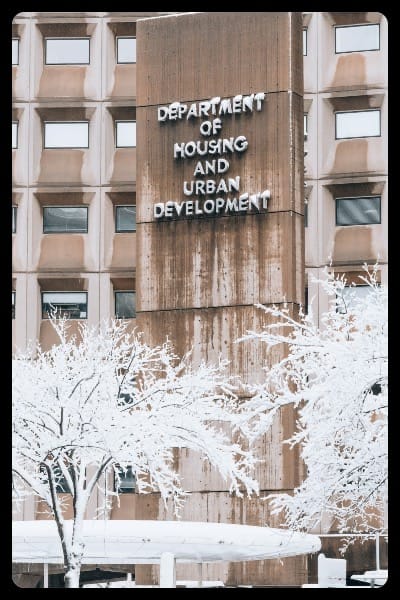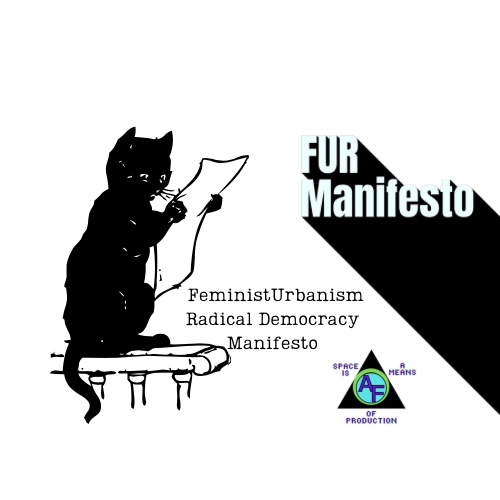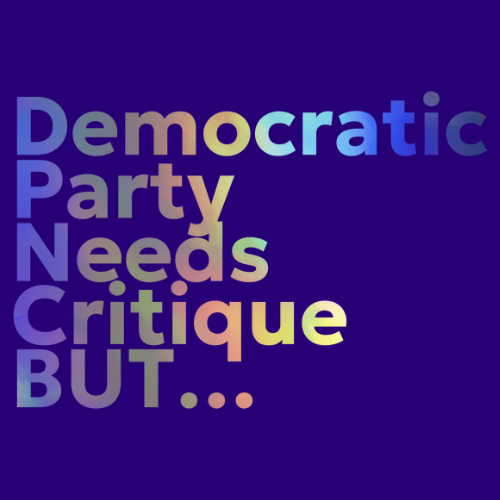Defunding by the right has always been an effective way of making the lies of public programs become truths
What we should learn from housing projects is that strategic defunding, carelessness, and racial exclusion & segregated facilities are not useful tools to employ for successful public projects.

The Republicans are the party that says government doesn't work and then they get elected and prove it.— PJ O’Rourke
In light of current events, (here is a link from the very conservative CATO Institute) I’d thought I’d take a trip down memory lane of what we can do and what defunding does.
There is an idea that public projects are execrable and miserable --the sole reason being, they are public. The Cabrini-Green Housing Projects is often an example that is used. It is even the setting for a literal horror movie, Candyman. The public project built or maintained by public agencies for use by the general public, does not have to be terrifying. In fact, creating and maintaining horrible public projects takes more effort than maintaining attractive utilitarian ones. The defunding of public housing projects was done with the specific purpose of turning the public against public projects, or simply to turn the public against, the public. It also put in our minds that we need a corporate babysitter because we commoners can not have nice things without corporations and their invisible hand.
Housing projects like Cabrini-Green didn’t randomly get defunded. Their defunding was an act of deliberate recklessness which purpose was to do exactly what it accomplished —destroy public housing and sour the public’s perception of what cooperation and enacting the social contract can accomplish.
One of the public projects not often referenced is the Public Lodge. These vacation accommodations were built during the first half of the 20th century and are housed in our National Parks and near our National Forests. These radiant buildings continue to be magnificent examples of stunning sustainable architecture that is accessible to the average person.
The Public Lodge created a place for the public to stay while educating themselves and their families on the importance of our natural environment.
Our first National Park came into existence at the urging of Geographer Ferdinand Vandeveer Hayden. He went on an expedition in Wyoming in the area that would be Yellowstone in 1857. After seeing the beauty of the Grand Canyon, Yellowstone Lake, the Yellowstone Caldera, and its towering Mountain Ranges, he felt the typical modus operandi of colonizing the land from Native Americans and then selling it to white men to develop or homestead would be harmful to the area, the country, and the planet. Hayden began a 12-year campaign that ended successfully on March 1, 1872, when President Ulysses S. Grant signed the Act of Dedication law that created our first National Park and officially protected Yellowstone National Park from urbanization and industrialization. This action inspired the Forest Reserve Act, which President Benjamin Harrison signed into law in 1891. In 1905, National Forests were put under the United States Forestry Services (USFS). In 1916, National Parks were put under the National Park Service (NPS). The United States currently has 63 National Parks and 141 National Forests.
The objective of the National Park program is “to protect the natural environment of the area and conservation of biodiversity.” The objective of the National Forest program is “to capture elements of biodiversity that can be missing from sustainably harvested sites.”
Thousands of people trekking up and around our National Parks and National Forests with their personal tents littering with their personal trash is not friendly for the conservation mission of our natural spaces. Using our commons as a playground to play make-believe survivalists is typically a recipe for pollution, dead creatures, and occasionally dead people.
While the NPS and USFS could not completely dim the pioneering spirit of the average American, owing to “FREEDOM” they have for over 100 years provided ecologically friendly alternatives for visitors that encourage better choices. These better choices are where the Public Lodge makes their appearance.
One of the most well-known Public Lodges is the Timberline Lodge. It is housed on Mount Hood in Oregon. The lodge was constructed with 80% recycled material. It was built by Civilian Conservation Corp (CCC), funded by the federal government. During the throes of the 1930s Great Depression, the CCC inspired 3 million young men, of all races, to work across the nation. These young men, paid a dollar a day, plus food, lodging, and healthcare, created camping areas and hiking trails in State and National Parks, built roads, fought forest fires, constructed dams, and planted 2.3 billion trees — the CCC planted half of the trees growing the United States. That was a great deal for all those involved. The Works Progress Administration managed the CCC’s park and forest projects. Today the Timberline Lodge endures as a stunning achievement in public works and continues to be an accommodation of choice for western America’s top skiing destination.
But the Great Depression wasn’t the beginning of public projects for the public. New York’s Bear Mountain Inn was dreamed up in the teens of the 20th century.
Bear Mountain Inn construction was completed in 1915. Architecture magazines and textbooks continue to tout the Bear Mountain Inn as a primer example of Adirondack architecture. Adirondack architecture is neo-gilded age pioneer drawing inspiration from Swiss chalets and the Arts and Crafts movement which melded design, physical creation with a dash of socialism. Bear Mountain Inn was designed by the Tooker & Marsh architecture firm and built by park employees using natural materials from the area. The Tooker & Marsh firm was famous for its schools and public building designs. The Bear Mountain National Park is part of the Appalachian National Scenic Trail, and 50,000 hikers visit its grounds annually. In 2002 the National Register of Historic places added it to his list.
Paradise Inn is one of my favorite places to stay. It is housed at Mount Rainier in Washington. The Inn was designed by architects Heath, Grove, and Bell for the private Rainier National Park Company in 1916. The Inn fell upon hard times in the mid 20th century as after WW2, how people spent their time at the park changed and day trips became more common. In the 1950s it was sold to the NPS, who modernized the lodge with stylish and environmentally sound amenities. The public often bails out private companies, despite the popular counter-narrative.
These are just a few examples of the US government, which is its people, creating sustainable accommodations for its citizens to enjoy.
“I walk toward one of our ponds, but what signifies the beauty of nature when men are base? Who can be serene in a country where both the rulers and the ruled are without principle? The remembrance of my country spoils my walk.” -Henry David Thoreau, Slavery in Massachusettes
As Thoreau reminded us in 1854, we must not forget that all the land we stand on in the United States was stolen from Native Americans. None of this was uninhabited space. People were living and thriving in our parks, forests, and for the most part, they were excellent caretakers of this place that we will one day share again. In addition, National Parks were not open to African Americans until President Franklin D. Roosevelt desegregated them in 1945. The overwhelming whiteness of the US-born patrons of our natural public spaces is owed partly to the lack of vacation time and mobility of non-white US citizens and in other parts, because of the nearly 50 years of de jure segregation in our federal public spaces. We must learn from these facts and difficult truths that when the US built for white-only spaces, it built beautiful spaces. We can do that for everyone. Beautiful spaces paid for with our tax dollars and built with our labor do not have to be primarily for the benefit of only the white race or the privileged.
The defunded housing projects of the 1970s and 1980s should not be an example of why public projects do not work or will never work. What we should learn from housing projects is that strategic defunding, carelessness, and racial exclusion & segregated facilities are not useful tools to employ for successful public projects. When an effort is made, funding is given, and the media is supportive, such as with the Public Lodges, the results are spectacular.





